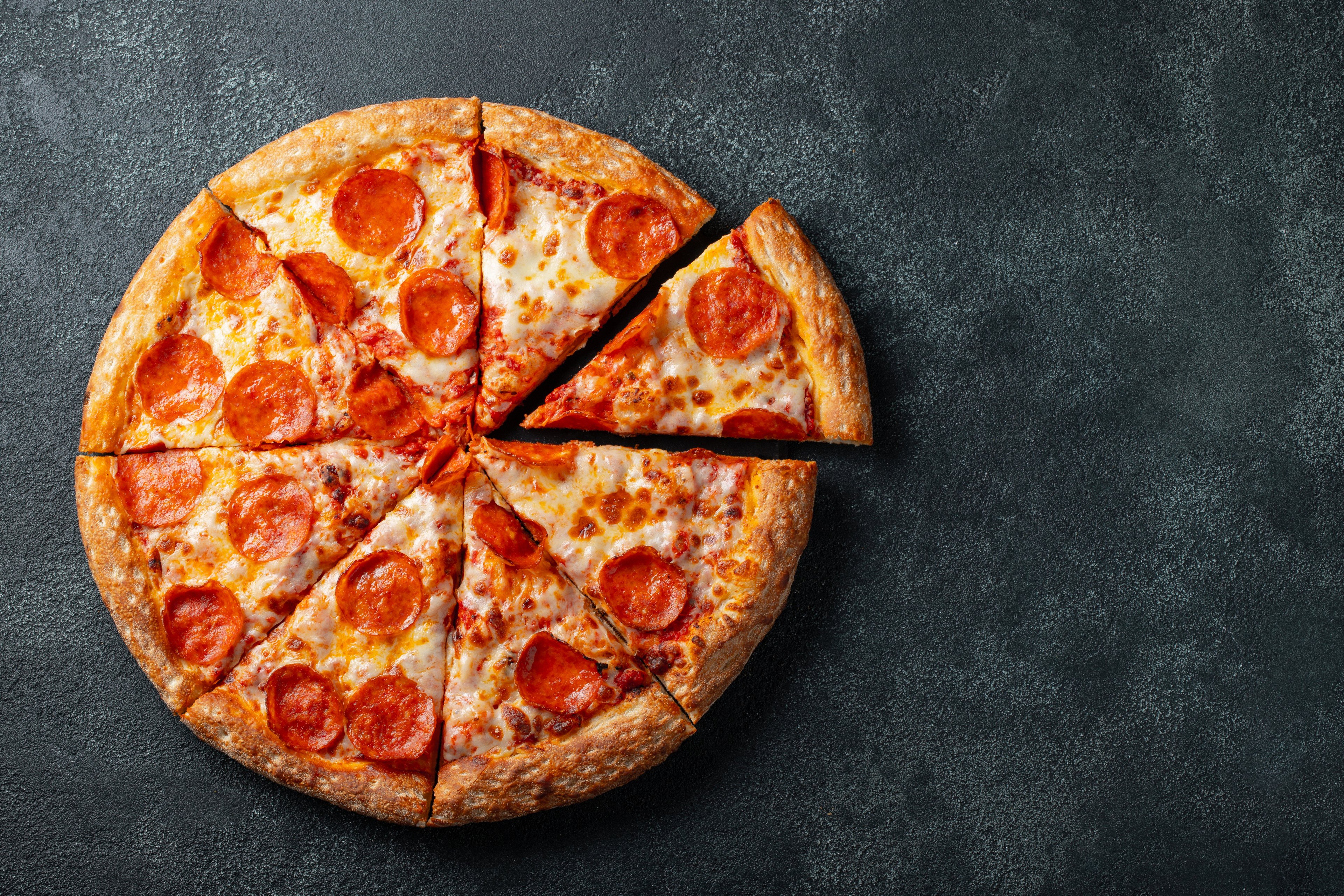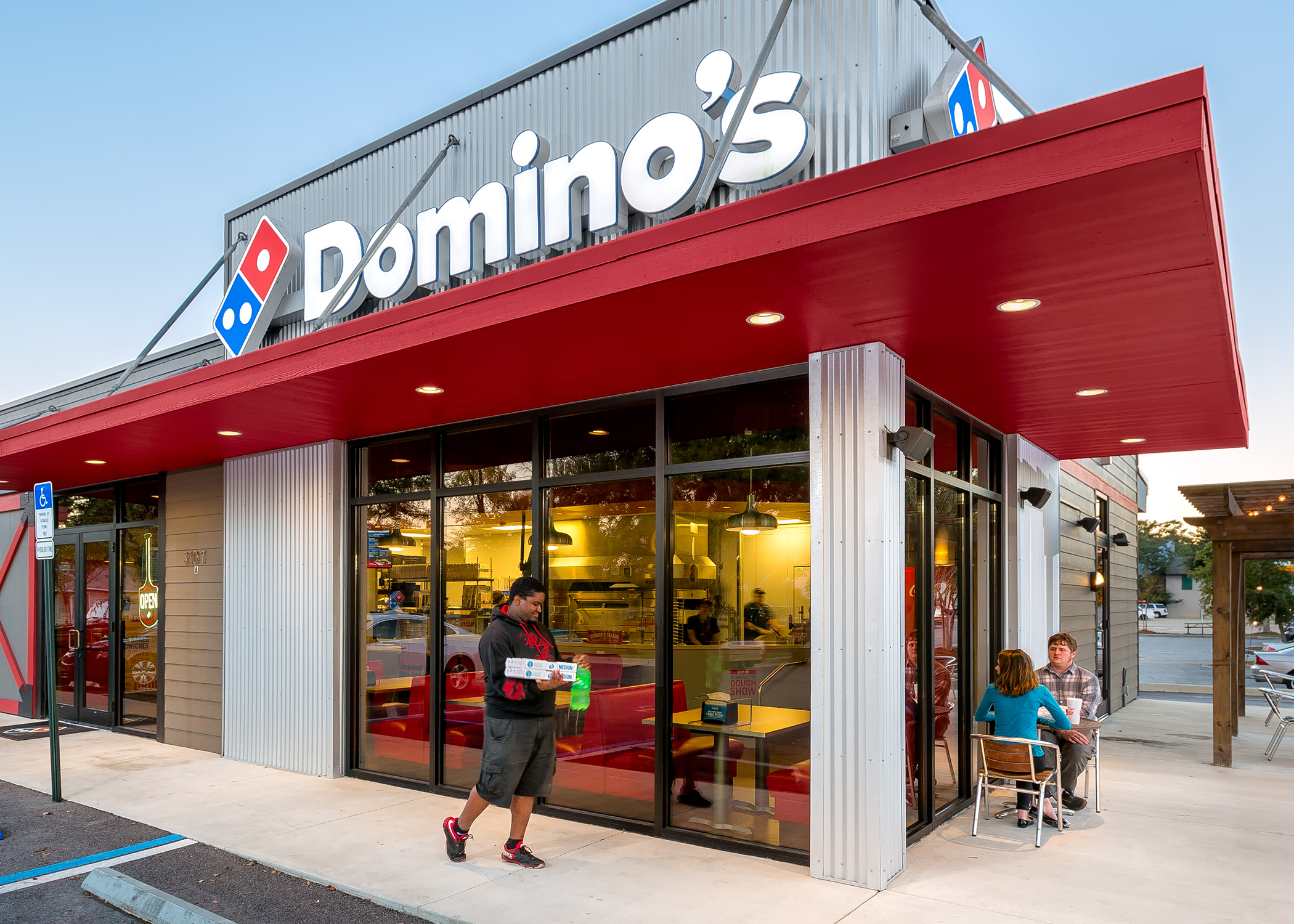Shares of Domino's Pizza (DPZ 0.40%) rallied more than 40% this year, making it a standout performer among restaurant stocks. Domino's started 2018 on shaky ground after CEO Patrick Doyle, who led the pizza chain's turnaround, announced that he would resign in June.
Yet Domino's continued to win over investors by maintaining its streak of solid comps growth and double-digit earnings growth. Let's take a closer look at Domino's business to see if its growth is sustainable.

Image source: Domino's Pizza.
Stellar (but decelerating) growth
On the surface, Domino's growth looks stellar. The company posted 30 straight quarters of positive domestic comps growth, and 99 straight quarters of positive international comps growth.
But if we examine the company's revenue and comps growth over the past four quarters, we'll notice that its growth decelerated throughout 2018. First, we should note that Domino's revenue growth in 2018 was significantly inflated by the adoption of the ASC 606 accounting standard, which required the recognition of its domestic franchise advertising revenues. Therefore, Domino's domestic and international comps growth numbers give us a clearer picture of its overall growth.
|
Q4 2017 |
Q1 2018 |
Q2 2018 |
Q3 2018 | |
|---|---|---|---|---|
|
Comps (Domestic) |
4.2% |
8.3% |
6.9% |
6.3% |
|
Comps (International) |
2.5% |
5% |
4% |
3.3% |
|
Revenue |
8.8% |
25.8% |
24% |
22.1% |
Year-over-year growth. Source: Domino's quarterly reports.
Domino's domestic comps growth during the third quarter missed analyst expectations for 6.5% growth, but its international comps growth cleared the consensus estimate of 3.2%. Domino's opened 232 new stores during the third quarter, bringing its total store count to 15,354.
For comparison, Yum Brands' (YUM 0.48%) Pizza Hut opened 176 new restaurants last quarter, bringing its total store count to 16,823. However, Pizza Hut's domestic comps remained flat, and its international comps fell 2%. Pizza Hut's new store openings also didn't do much for its revenue growth -- its systemwide sales grew just 2%, and stayed flat on a constant currency basis.

Image source: Domino's Pizza.
Domino's attributes its healthy growth to its "Our Piece of the Pie" loyalty program -- which boosted its order counts and sizes -- its expanding digital platform, and robust international growth in the Americas (excluding the U.S.), Asia-Pacific, and Middle East, which was only slightly offset by softer growth in Europe.
For the full year, analysts expect Domino's revenue to rise 24%, but decelerate to 10% next year. That deceleration isn't a red flag, since its growth was significantly inflated by the ASC 606 shift in 2018. Domino's is also still doing much better than Yum, which also owns KFC and Taco Bell. Analysts expect Yum's revenue growth to remain negative for both 2018 and 2019.
Expanding margins and big buybacks
Between the third quarters of 2017 and 2018, Domino's operating margin expanded from 30.8% to 37.6%. However, that gain was mainly attributed to the recognition of domestic franchise advertising revenues instead of improvements in its supply chain.
During the conference call, Domino's CFO Jeff Lawrence admitted that the company's supply chain operating margin remained "negatively pressured by delivery and labor costs," and its supply chain centers in the U.S. and Canada "have opportunities for improvement."
Nonetheless, Domino's continues to generate a healthy amount of free cash flow (FCF), which hit $197.4 million over the first three quarters of 2018. Domino's spent $109.1 million on buybacks, which significantly inflated its EPS growth relative to its net income growth:
|
Q4 2017 |
Q1 2018 |
Q2 2018 |
Q3 2018 | |
|---|---|---|---|---|
|
Net income |
28.3% |
42.1% |
17.8% |
49.1% |
|
Diluted EPS |
41.2% |
58.7% |
34.8% |
65.3% |
Year-over-year growth. Source: Domino's quarterly reports.
Wall Street expects Domino's EPS to rise 43% this year, followed by 13% growth next year. Those are reasonable growth rates compared to its forward P/E of 28, but Domino's still trades at a premium to industry peers like Yum, which trades at 24 times forward earnings. Domino's also pays a forward dividend yield of 0.8%, but that payout isn't high enough to attract serious income investors.
Should you buy Domino's at these prices?
Domino's is a tightly run business, and it should continue growing for the foreseeable future. However, its comps growth is decelerating, and recent accounting changes obscure its true sales growth and operating margins. The changing landscape in food deliveries could also throttle Domino's long-term growth.
Domino's stock also isn't that cheap at these levels. I might consider buying it at a lower price -- but I think there are better restaurant stocks to own in a wobbly market that punishes stocks with decelaring growth and high valuations.







